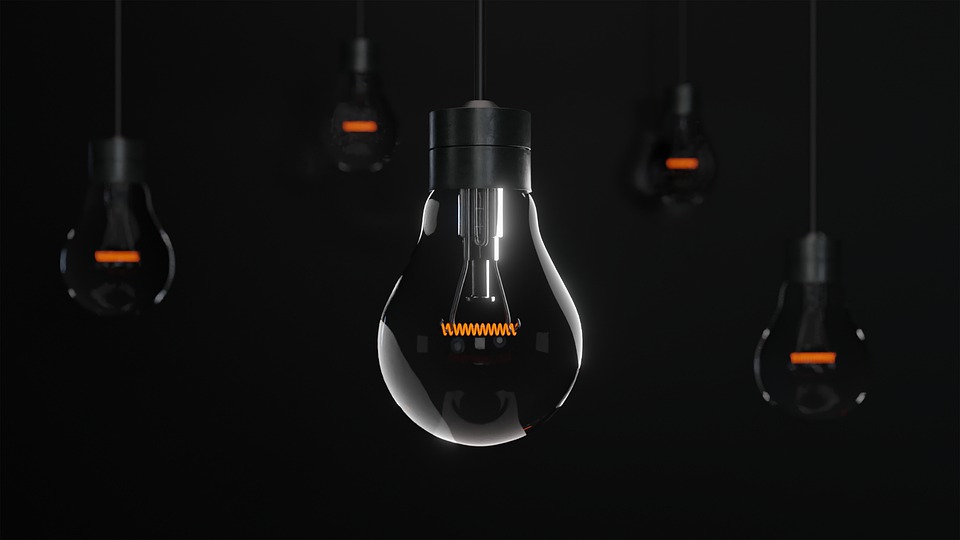OPINION: Energy conservation around the USF campus is important

It’s no surprise that USF, a public university with over 45,000 students, utilizes a great deal of energy each year.
Lights and other electronics remain switched on after hours in buildings around campus, resulting in a huge waste of electricity.
USF should take pollution-mitigating measures like ensuring that the lights and other electronics are turned off in campus buildings when not in use to promote sustainability.
It’s unnecessary for so many electronics to stay on after hours. The TVs should be turned off, for example. No one’s in the building to watch them and they don’t contribute to the security of the building, so keeping them on is pointless.
If everything cannot be shut down when the buildings are closed, then the number of electronics that remain switched on should be significantly reduced.
The International Dark-Sky Association, an organization combating light pollution, shows how leaving lights on can directly harm the environment. It’s stated that the lighting wasted by the U.S. releases up to 21 million tons of carbon dioxide per year.
Offsetting such a problem would mean planting 875 million trees annually, according to their website. USF has the opportunity to do its part in reaching that number.
Keeping the lights on after hours also isn’t economical. USF takes a green energy fee of $1 per credit hour from students with tuition each semester.
The Student Energy Green Fund (SEGF) council said this fee is supposed to be used to assist USF in energy conservation and sustainability.
SEGF has taken green initiatives like the installation of solar panels in the Marshall Student Center in 2017, that promotes the use of sustainable energy.
USF has also partnered with Coca-Cola to install reverse recycling machines to help reduce our environmental footprint. These are examples of great ways the fee can be used, and more similar steps can be taken.
The SEGF council needs to address the issue of the lights remaining switched on after hours and take action against such wastage on campus. Plus, if students are paying a fee, USF should follow up by taking every step to fulfill the goal of that extra funding.
USF should do its part in mitigating energy waste and making good use of student fees by taking every measure to minimize energy pollution and ensure technology should be turned off when it’s not being utilized.







